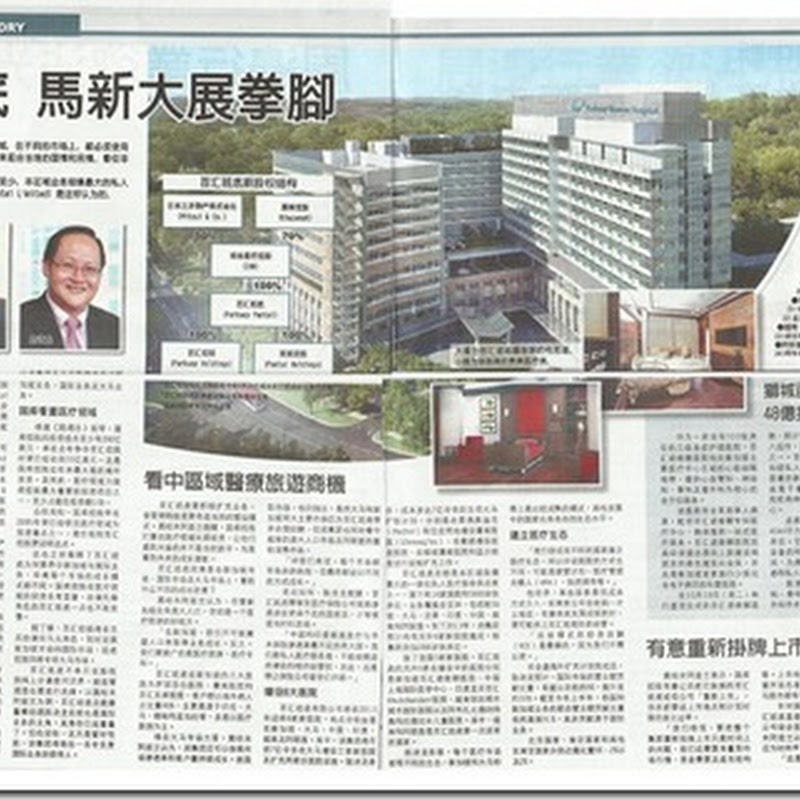Over the years the group has written off rm4 million in its investment in Bernana-TV. The significance of the write off can be seen from Silver Ridge’s total market value, which was just rm8 million (price at rm0.08). That is less than the net cash of rm9.5 million on its balance sheet.
Nevertheless, it posted a good set of operating results for 1Q2011 ended March 31. It posted a net profit of rm1.8 million or earnings per share of 1.8 sen in 1Q2011.
Its executive director Wong Chee Keong said that in addition to an end to taking a share of losses from Bernama-TV financial results were bolstered with earnings from its participation in the national high speed broadband (HSBB) project. The group’s core business is providing telecommunications services and solutions.
Wong spent many years at Telekom Malaysia where his latest post was assistance general manager He left to start Silver Ridge with major shareholder Datuk Mohd Suhaimi who owns 48% of the company. Suhaimi is Silver Ridge’s MD and also head of UMNO’s Gunung Jerai division in Kedah.
HSBB is an rm11 billion project towards which the government has committed to contribute about rm3 billion over a 10 year period. The government’s objective is to promote HSBB penetration in Malaysia.
As the HSBB project is in its first phase, it offers prospects of a long term business for the support industry. Silver Ridge’s contract for the HSBB project is for the three years and there is another 1 ½ years to go. The contract will provide some stability to its revenue for its duration. And it believes that it stands a good chance of an extension of the contract.
The contribution from the HSBB contract kicked in in 1Q2011.
The HSBB contract secured in a JV with Alcatel Lucent, involves services for fibre to home. All new infra for HSBB now uses fibre optic cables, although copper lines are still in use.
There are other components in the HSBB project that Silver Ridge can try to get involved in, as well as new locations where HSBB is available. In addition, there are value added services, including providing premises equipment such as modems for customers of HSBB that Silver Ridge can play a role in.
There are four main components in the roll out of HSBB and Silver Ridge has the expertise in all four components.
Silver Ridge is working on two other contracts for which revenue has not kicked in yet.
Silver Ridge also manages servers for Celcom and Digi as well as technical support for BlackBerry’s customers.













































